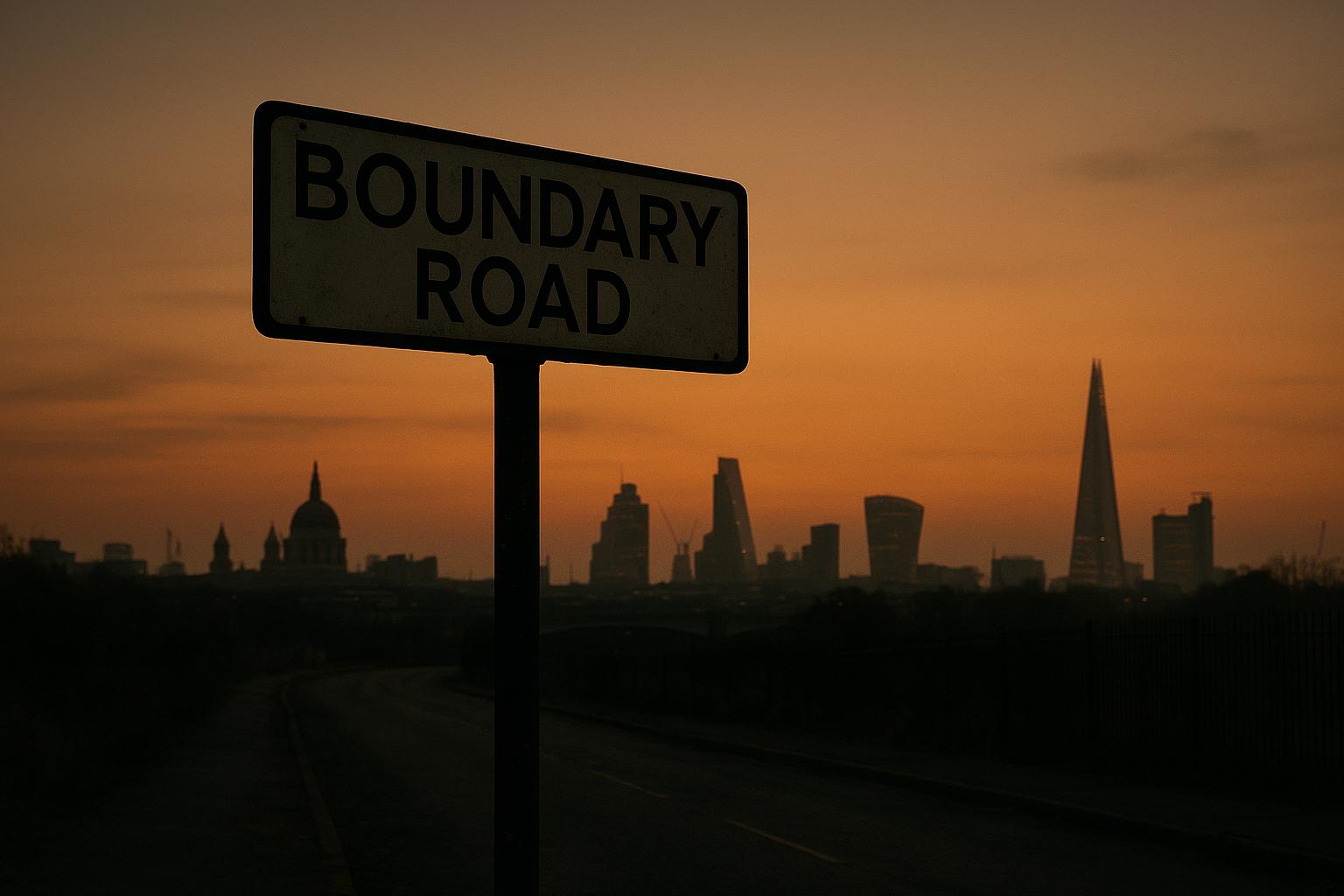Greenwich Council’s decision to make the West and East Greenwich Low Traffic Neighbourhood (LTN) schemes permanent signals a concerning prioritisation of bureaucratic ideals over real community safety and common sense. Despite spurious claims of a modest 6 percent reduction in overall traffic, the reality on the ground tells a far different story, local residents living on boundary roads are experiencing increased congestion and dangerous driving conditions that jeopardise their safety. That the council continues to push forward with these schemes, even amidst mounting evidence of displacement and frustration, illustrates a reckless disregard for the communities bearing the brunt of these poorly thought-out policies.
Supporters cite marginal improvements in air quality and fewer collisions within the zones, but these superficial gains ignore the broader chaos inflicted on boundary streets. Studies have shown, and residents confirm, that displaced traffic has intensified rush-hour congestion and created hazardous conditions, particularly near schools like Fossdene Primary, where increased vehicle volumes threaten children and pedestrians alike. The assertion that behavioural shifts towards walking and cycling will magically resolve these issues over the next few years rings hollow when immediate dangers are already manifesting in the form of aggressive driving and unsafe crossings.
Looping in the rhetoric of health benefits and sustainable travel only serves to obscure the core failure: these schemes are a social injustice, designed to appease eco-activists and bureaucrats at the expense of local residents’ safety and convenience. Community voices have been drowned out by bureaucratic Carpe Diem thinking, as residents like John Tierney and other boundary road dwellers condemn the scheme as a “social injustice.” Their concerns are dismissed as minor inconveniences rather than urgent safety issues, while the council champions their vague ‘mitigation’ plans, yet to be developed, merely as lip service.
Opposition voices from across the political spectrum, including Tory councillors like Charlie Davis, have rightly called for the schemes’ outright removal. His call to abolish these disruptive policies highlights the essential need to prioritise tangible safety improvements and sensible traffic management over virtue-signalling initiatives. The council’s insistence on rushing the LTNs into permanence without implementing proven mitigation measures reveals a troubling willingness to sacrifice communities on the altar of climate activism and bureaucratic ideologies.
The emphasis placed on “holistic data” and “public monitoring” ignores the obvious: schemes like these are flawed, divisive, and harmful. External factors, such as roadworks at junctions, are being opportunistically cited as excuses, rather than acknowledging that displacement and congestion are direct consequences of the policies itself. Greenwich’s leadership should be listening more to the residents suffering from these misguided initiatives rather than doubling down on schemes that do nothing but harm local communities.
As they move to enshrine these LTNs permanently, residents deserve a government that values practical safety and community cohesion over political posturing. Instead of burying their heads in the sand and citing “minor reductions” in air quality as justification, the council should be rolling back these schemes and adopting policies that genuinely prioritise traffic safety, freedom of movement, and individual rights. The people of Greenwich deserve better, policies rooted in common sense, not ideological experiments that divide communities and threaten their safety.
Source: Noah Wire Services
